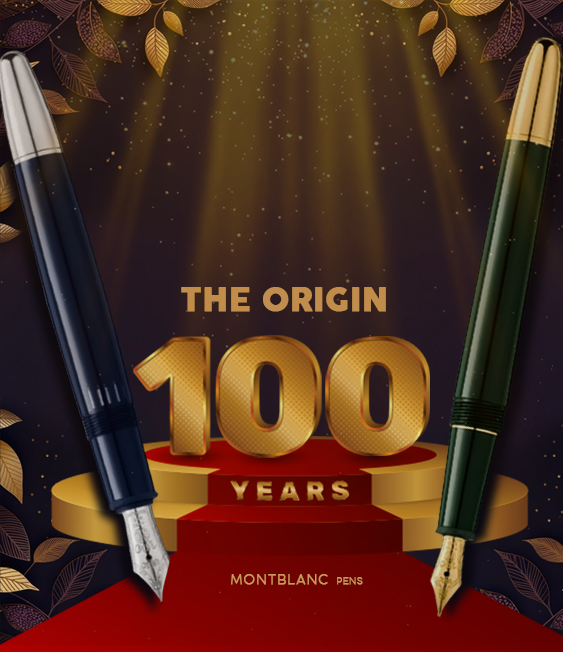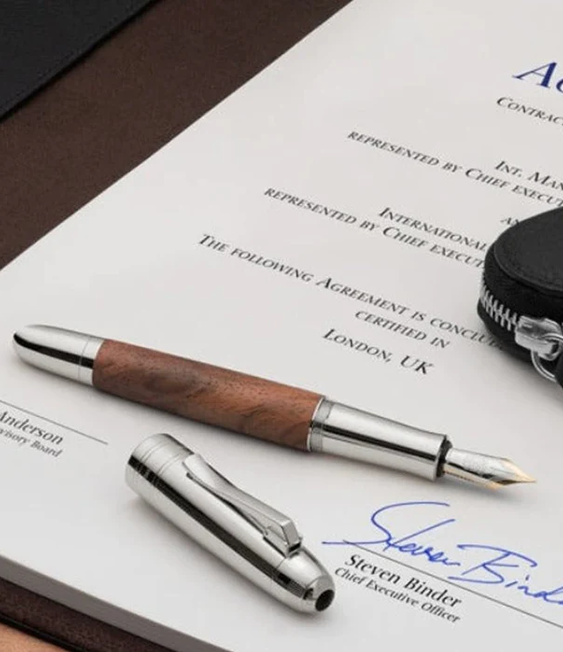
Christoffa Corombo, more famously known in the Western World as Christopher Columbus, wasn’t so easily scared. He was sure that instead of sailing all the way around Africa, there was a much shorter path to the wealthy trade routes and exotic materials found in India. So, he decided to sail west in search of India; an idea that, within the European world, was thought of as utter stupidity. In fact, it took the native Italian two years of lobbying to the Spanish King and Queen for ships for the voyage, and in the end they never expected to see him again.

To the amazement of everyone in Europe, he did come back, and along with his sons, Columbus made three more voyages across the sea. What immortalized him in history however, is his discovery and subsequent exploration of a new supercontinent. Now, don’t let anyone tell you that he was the first European to discover the Americas (that honor belongs to Leif Ericson of Norway, who discovered what is believed to be Newfoundland, Canada over 500 years before Columbus was even born) but he made the first lasting European contact with America; it was the genesis of a whole new era in colonialism. Still, America is not quite India, and finding the latter was the point of the entire trip. Even still, Columbus christened the natives he met indios (Spanish for “Indians”) and whether that was out of embarrassment or ignorance is up for debate.

It would not be until Amerigo Vespucci, another Italian, would travel to the “New World” and appropriately identify it as not being a part of Asia at all, but a whole landmass unto itself. In 1497, Signore Vespucci sent a letter to Lorenzo de’ Medici (Lorenzo the Magnificent), the de facto ruler of the Florentine Republic during the Italian Renaissance, about his discoveries and explorations of the New World. It cause such a baccano, or ruckus, in Italy that when the first map of America was drawn, the continent was named after the feminized Latin version of Amerigo’s name: Americus Vespucius, or America. Vespucci was a skilled navigator and traveled to the "New World" on four separate occasions, discovering Rio de Janeiro and giving Venezuela, or "Little Venice", its name. King Ferdinand II of Aragon (which will subsequently become Spain) appointed Amerigo "Piloto Mayor de Castilla" in 1508, placing him in charge of new expeditions and training sailors in the use of the quadrant and the astrolabe. (I used to own a parrot, but I am neither a pirate nor a sailor, so please don’t ask me what those objects are.)

2012 marks the 500th anniversary of Amerigo’s death, and one of the world’s most renowned pen companies that makes its home in his native land did not do something to commemorate his accomplishments. Not to worry though, Visconti’s Amerigo Vespucci Marine Bronze Limited Edition has taken symbolic events from Vespucci’s life and the famous 1507 map of the continent and effortlessly interlaced them into a pen of astonishing perfection. It would have been impossible (and a serious pain to look at) to reproduce the entire map upon a pen, so there are only certain, key sections depicting Europe and America. The images are engraved upon the cap and barrel’s ivory surface using Visconti’s unique scrimshaw technique. Scrimshaw is the delicate, precision-based art of scratching designs and images upon ivory, bone and other hard surfaces. Engraved into a dramatic light-dark design reminiscent of chiaroscuro, the final results are simply astonishing. Topping off this pinnacle of Italian design is a 23k dreamtouch palladium nib fueled by a power filler. The pen is presented in a specially designed, carved wooden box in the form of an intricately designed astrolabe. (And no, I’m still not sure what that is.) The Visconti Amerigo Vespucci is a true work of art, and a fine testament to a man who made an unequivocally groundbreaking impact upon the history of human civilization.








